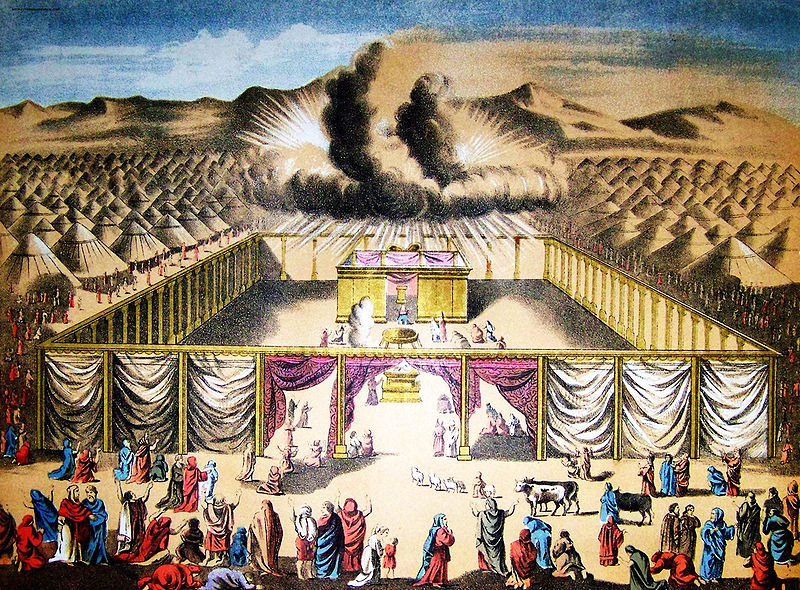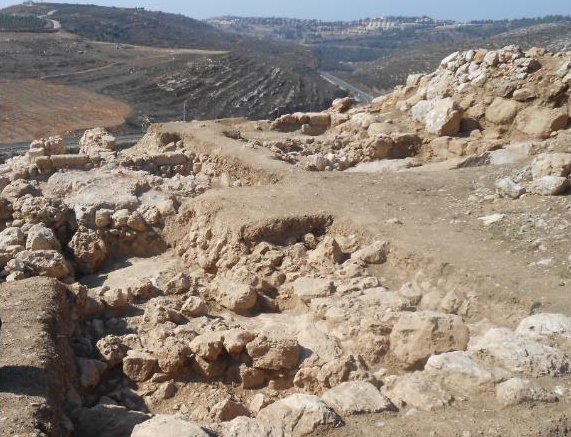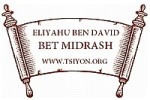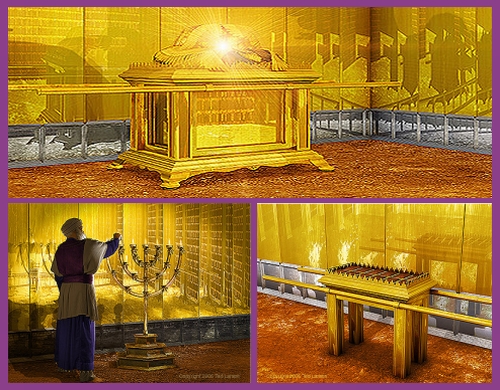In the Bible during the Hebrews� 40 year trek in the wilderness, the Tabernacle was described as a movable tent which housed the Ark of the Covenant and accompanied the Israelites as they made their way to the Promised Land.
Now, archaeologists in Israel say they think they�ve discovered one place where the Tabernacle � also known as the Tent of Meeting � was parked, a discovery that has political significance today.

The Tabernacle in the Wilderness, from the 1890 Holman Bible (Public domain via Wikipedia)
According to Israel Hayom, the Tabernacle as described in the Bible was constructed of wood and fabric, �not materials cut out for thousands of years of survival.� Even so, archaeologists have been searching for the past few years for evidence of the Tabernacle. That search has focused on a site believed to be the ancient city of Shiloh and has yielded some intriguing findings.
Archeologists say they found holes carved into the ground into which beams of a temporary structure could have fit. Israel Hayom writes:
Near the holes, in the northern part of Tel Shiloh, structures were unearthed that correspond to the dates when Joshua first settled the land of Israel until the period of King David�s reign.
One of these structures was found to contain ceramic vessels as well as three large taboon clay ovens.
Hananya Hizmi, staff officer for archeology in the Civil Administration of Judea and Samaria, says, �This is not something that was common in private residences and therefore we do not believe these structures served as family dwellings.�
This being the Middle East, the discovery inevitably has a political dimension. The Blaze contacted Yisrael Medad, who writes the blog My Right Word and resides in the modern Israeli community of Shiloh which is adjacent to the Bible-era settlement. It�s also located in Samaria, part of what Palestinians and most countries refer to as the West Bank. Medad has been writing about the archaeological dig at Tel Shiloh next door.

Archaeologists digging at Tel Shiloh believe this may be one place the Israelites set up the Tabernacle holding the Ark of the Covenant (Photo courtesy: Yisrael Medad)
With the Palestinians demanding Israel give up Judea and Samaria and the international community continuing to refer to the region as �Occupied Territory,� Medad explains that this evidence of millennial-old Jewish connection to the land is significant.
�The Arabs, from the very beginning, have sought to negate and ignore any element of Jewish national ethos or historical connection to this land � which is important since, as we know, the San Remo Conference [after World War I which demarcated the borders for territories captured by the Allies] and League of Nations decisions of international law specifically noted the �historical connection� between the Jews and this country,� Medad says.
�I call that a policy of disinventivity that they are engaged in. The digs at Shiloh, deep in the heartland of the Land of Israel � which is not the Land of Ishmael � are quite important in countering that campaign,� he adds.
Medad explains, �The archaeology at Tel Shiloh covers not only Roman, Byzantine, Early Arab periods, including three basilicas but the layers of excavation have revealed a firm conformity to the Biblical narrative. This narrative is not an ideological fabrication of political myth but a true historical record. History and religious belief are dove-tailed.�
The Palestinian Authority and its allies in the Arab world have for years been accusing Israel of �Judaizing Jerusalem� despite the copious evidence of Jewish presence in the holy city � including the Western Wall believed to be a remnant of the Second Temple � for thousands of years.
In an article in the Jewish Press, Medad slammed Palestinian activists for creating a new historical narrative to bolster their claims to the disputed land. He wrote: �But as to who is a-thieving, and stealing and expropriating historical identity, first of all, �Palestinianism� is a model of disinventivity nationalism. Not only do they invent their own narrative but they disinvent Jewish history.�
�The Tomb of Rachel. Hebron�s Cave of the Patriarchs. The Temple Mount. Jerusalem Denial. The whole UNESCO campaign. All, and the entire Land of Israel, have been the subject of incessant Islamic reinvention. My home town � Shiloh � became Seilun and the Pal. Minister for Archaeology denies its past,� he wrote.
Israel Hayom reports that archaeologists are being cautious about their Shiloh discovery. They continue to dig, as they try to determine if indeed the Tabernacle once stood in that place.










